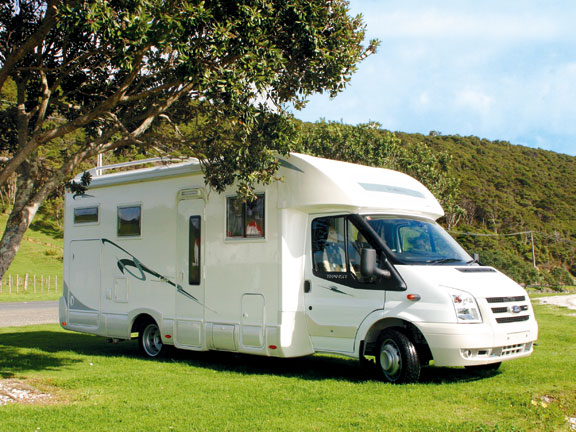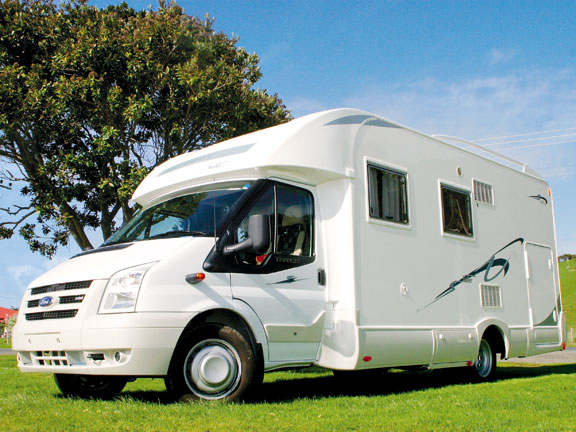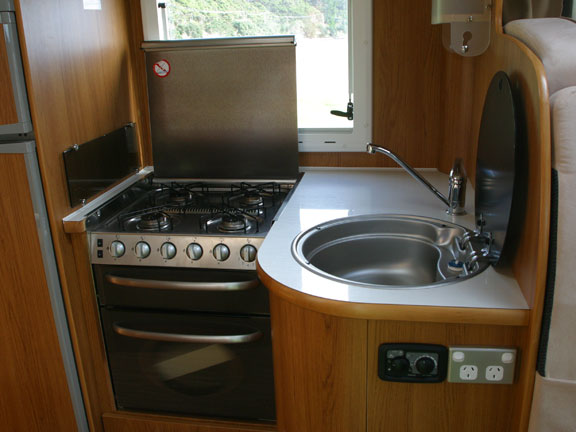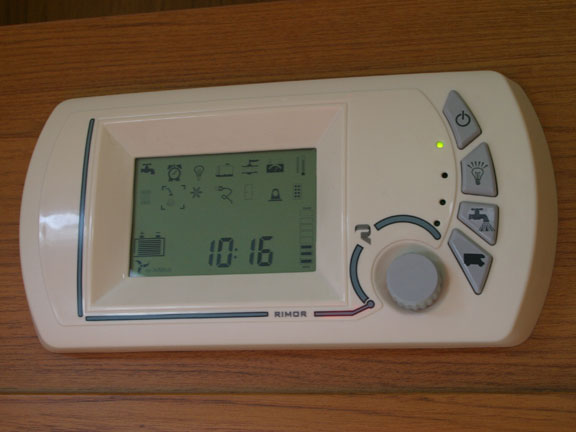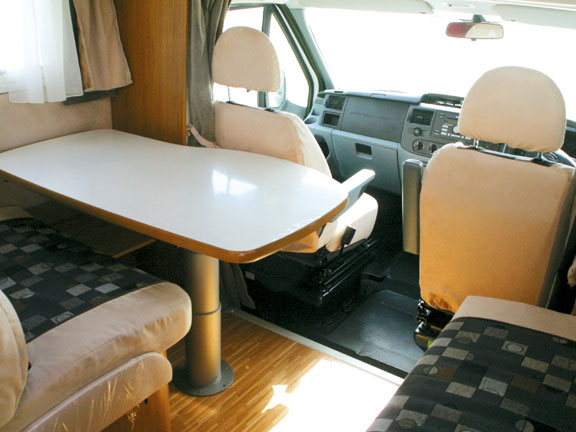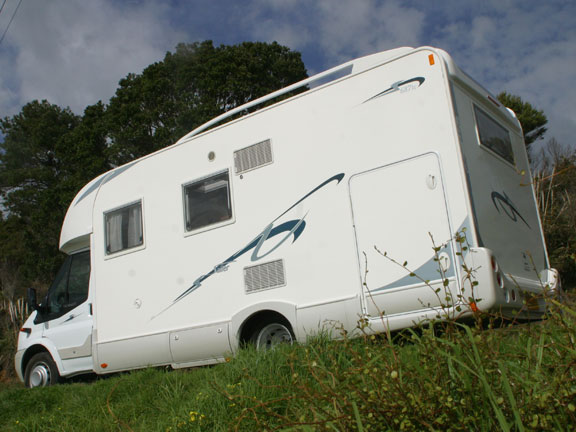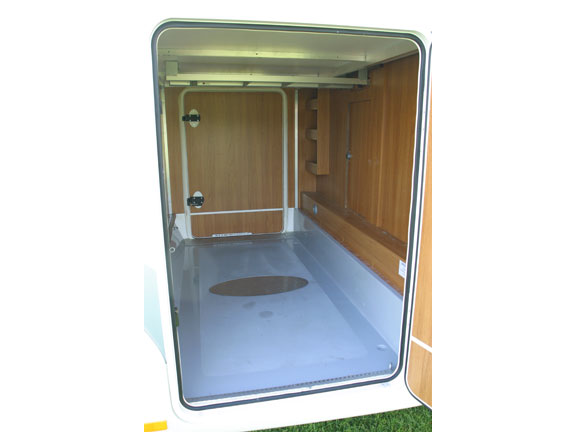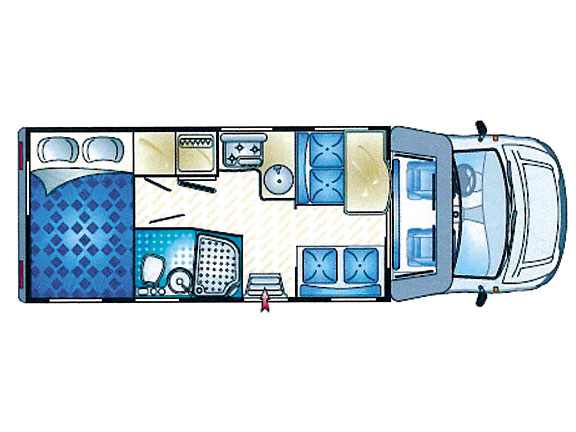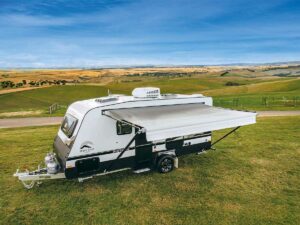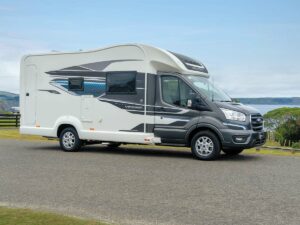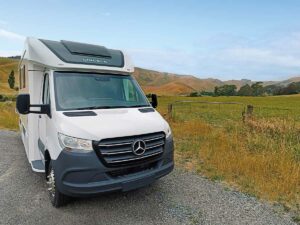- Low profile aerodynamics make the Rimor Sailer a breeze to drive
- Loads of room in the rear storage “garage”
- Great visibility from the cab
- The engine offers plenty of power, with added punch from the turbo
- The layout is classy and practical
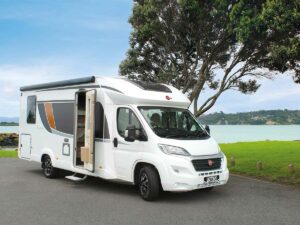
Review: Bürstner Lyseo IT744 Harmony Line
An elegant experience inside and out, the Bürstner Lyseo IT744 makes the most of its dimensions.

